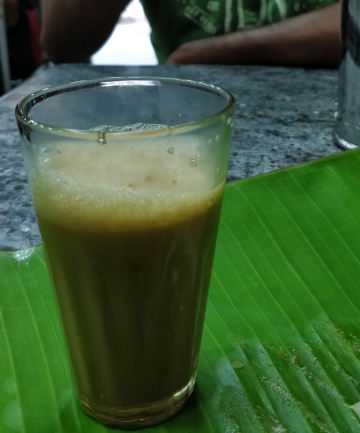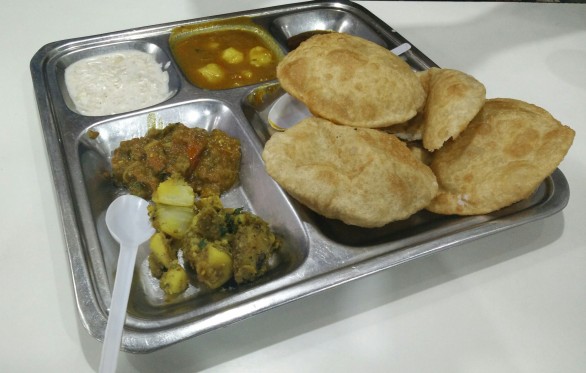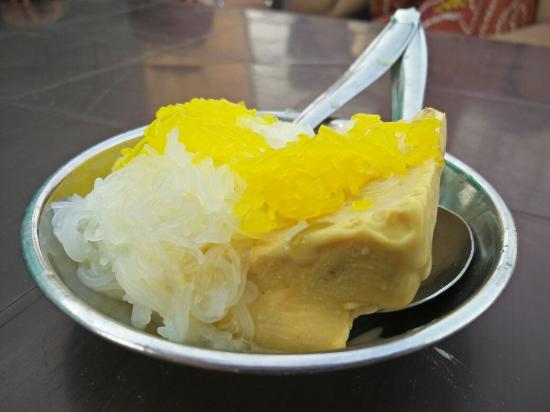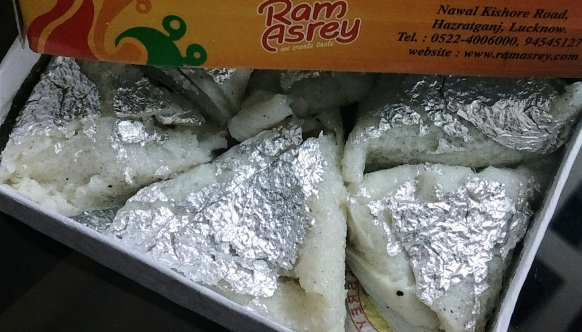So I hadn’t slept
all night. It is a typical trait of my travel: I am so excited that I do
not sleep the night before, and I cannot sleep on the flight or the
train. And then when you arrive in a city like Bangalore at 5:00 in the
morning how can you sleep?

Since stepping into
the city, at 5 in the morning, I had been craving for the typical
Bangalore Dosa. I had discovered it one similar morning 9 years ago,
when I had, for the very first time, come in the city with the intention
of making it my home (and I did for some years). The Dosa was nothing
like anything I had eaten until then. It was thick, it was rich and it
was soft and crisp in equal parts. The most exceptional thing about it
was the garlic masala smeared on the inside. For a girl who had only
eaten the flimsy, Tamilian, roasts until then, this Dosa was a
revelation. I am not ashamed to say that for many days afterwards, I had
survived only on the Masala Dosa and filter coffee. It did cause my
clothes to shirk, or waist to expand — its the way you look at it really
— but it had played an important part in my finding my feet — and food —
in an unknown city. And so began my lifelong love for the Dosa.

There was a problem though. I moved out of Bangalore two years afterwords.
Today, in town after
6 years, I could only think of the Dosas. The crunch of its crust, the
body of it’s filling, the texture of its chutney. And of course all of
it coming together in the mouth. Sigh!
So at 7, I walk into
this place with friends, dreaming of my Benne Dosa and Filter Kapi. The
tiny hole in the wall joint was packed — as all joints are in Bangalore
— and the fragrance of coffee wafted far and wide. My mouth was
watering and my heart was full of joy. I looked forward to meeting my
Dosa after years of staying away.
It was only inside
that I discovered that this place is a Tamilian joint. Now, don’t get me
wrong, I totally love Tamilian food. Their melt in the mouth idlis and
the fragrant flavourful sambar, the soft, smooth vadas, and their meals.
But today, at this point, I only wanted my Dosa. So yeah, I was a little disappointed.
But then I saw the man manning the place.
Dressed in clean clothes and with a kumkum tika on his forehead, laying
out banana leaves for us on a tiny corner table.
The 10X10 room was full to the brim, each
table laden with food and banana leaves. The air was thick with the
heady smell of the Sambar and freshly fried vadas. Each table had a pail
of Sambar and a pot with the three kinds of coconut chutneys. The food
started arriving soon after — idlis, soft and pillowi, like cotton
candy, vadas, tiny and crunchy; chutneys, sharp and potent, rich with
goodness of coconut and fresh tadka. And the Sambar, of course
flavourful and fragrant — only the way Tamilians can make it. Together
they made a stellar combination and for that moment, temporarily, I
forgot about my dosa.

Oh yeah, there was coffee too but my hands were too soiled to take any nice pictures…
What’s your favorite dosa story.. would love to hear!
*
*





